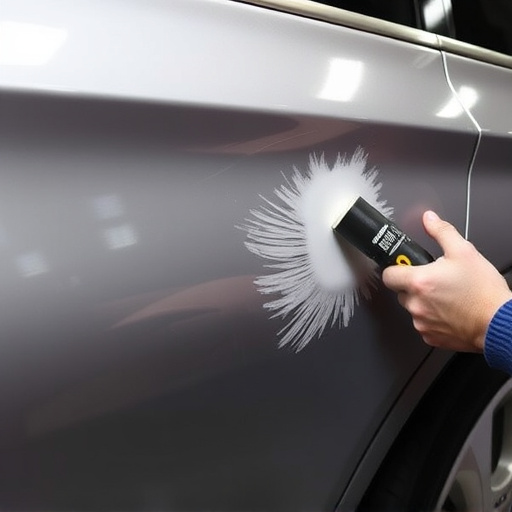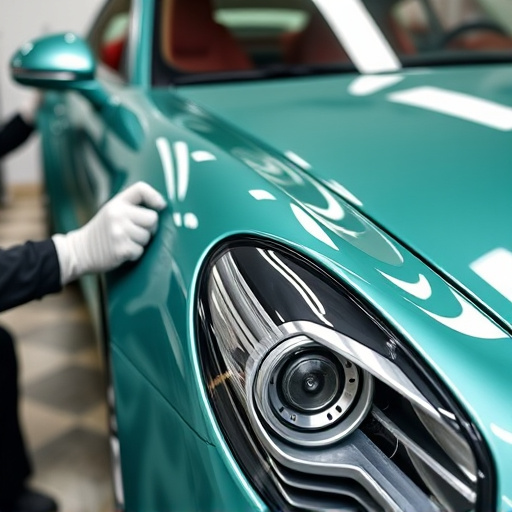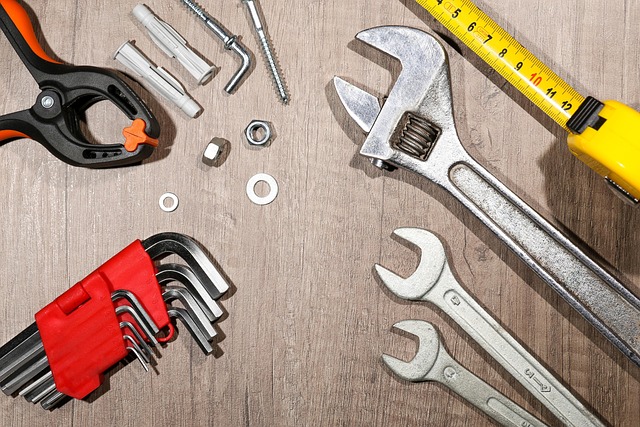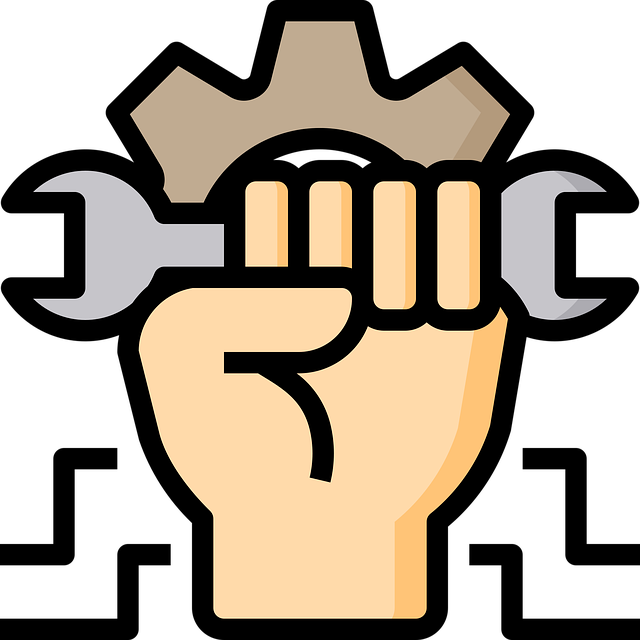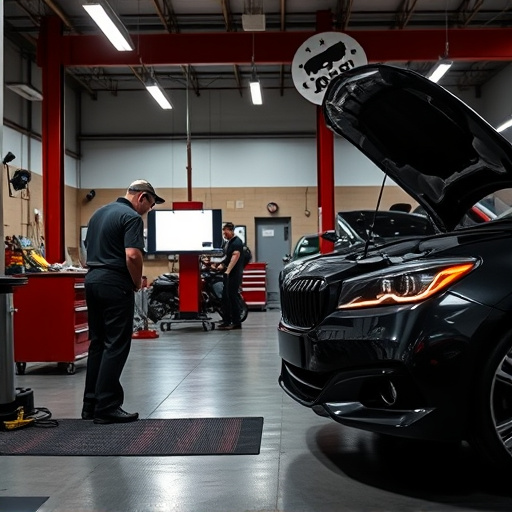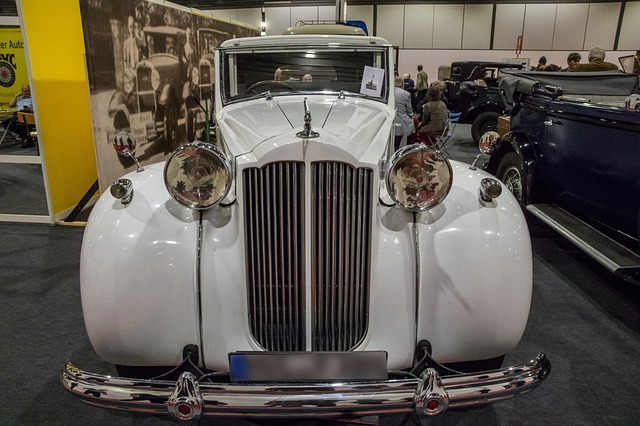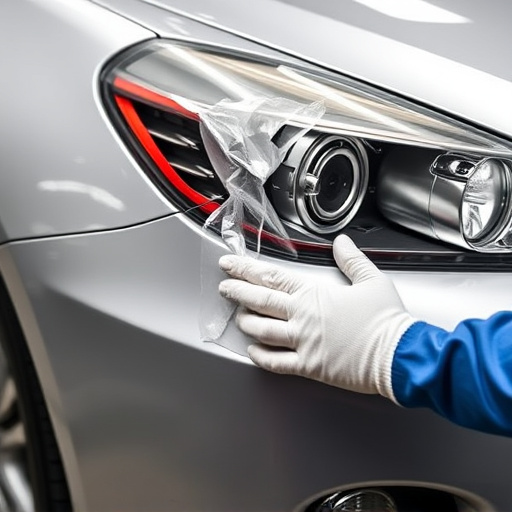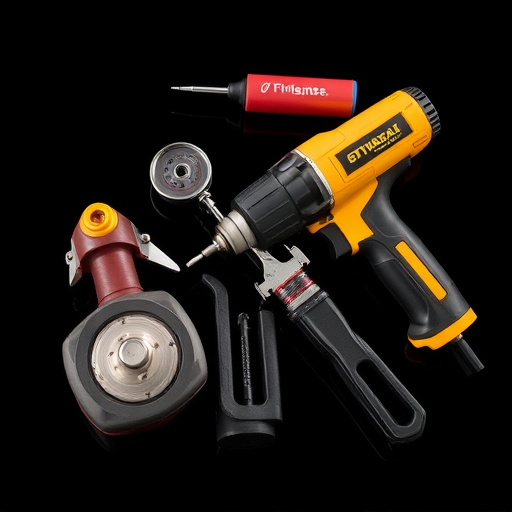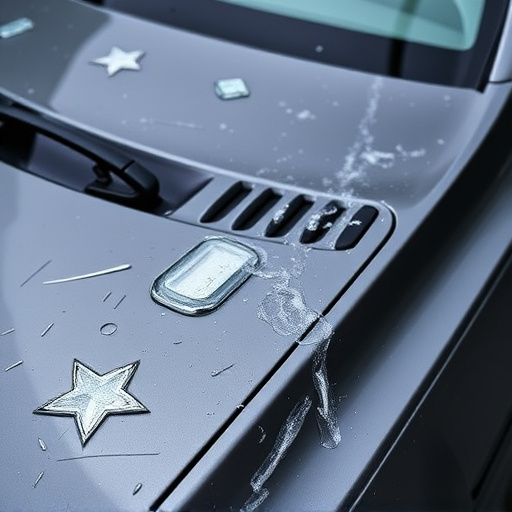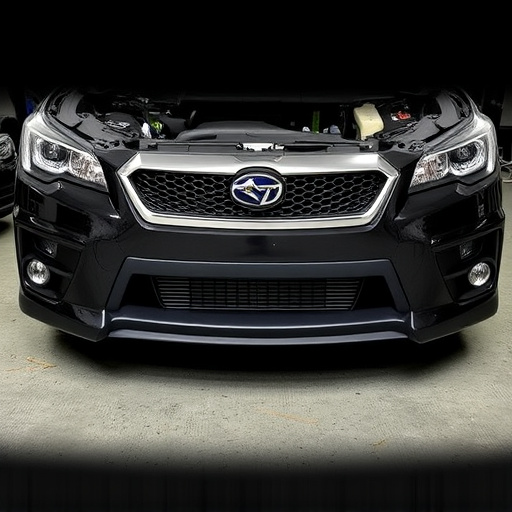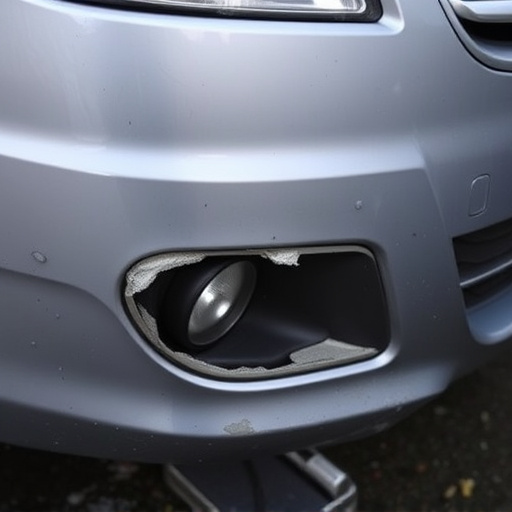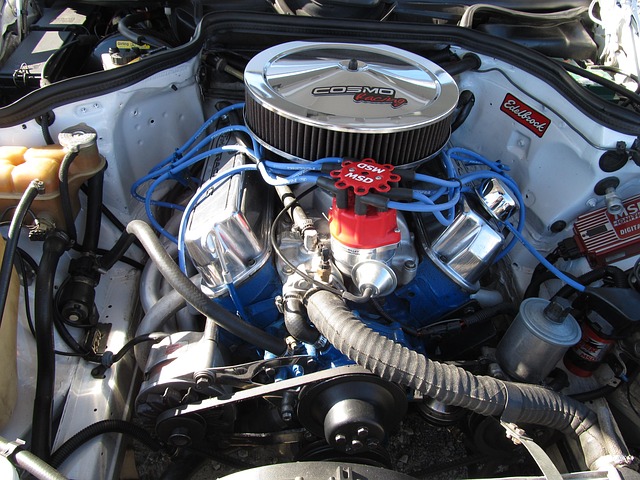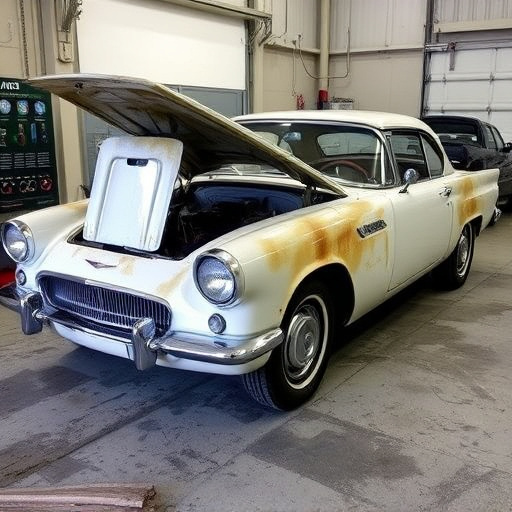High-strength steel repair is a specialized technique crucial for restoring and reinforcing damaged structural components made from advanced alloys commonly used in automotive manufacturing, construction, aerospace, and maritime engineering. This process extends the lifespan of vehicles and structures by preventing further damage and corrosion, offering cost-effective solutions compared to replacements, and ensuring accurate material matching for aesthetic appeal. With increased strength, durability, and lightweight properties, high-strength steel repair streamlines auto body work, reduces maintenance needs, and enhances structural integrity. It's particularly beneficial in complex vehicle body repairs involving modern cars and is also essential for infrastructure maintenance across various industries.
“Uncovering the Power of High-Strength Steel Repair: A Game-Changer in Structural Integrity. This comprehensive guide explores an innovative approach to enhancing building safety and durability through advanced steel repair techniques.
High-strength steel repair offers unprecedented advantages, ensuring structures meet modern safety standards. By understanding its importance and unique benefits, professionals can make informed decisions, leading to cost-effective and long-lasting solutions. Discover how this method revolutionizes structural repair, catering to the diverse needs of today’s built environment.”
- What is High-Strength Steel Repair and Why is it Important?
- The Advantages of Using High-Strength Steel in Repairs
- Best Practices and Applications for High-Strength Steel Repair
What is High-Strength Steel Repair and Why is it Important?
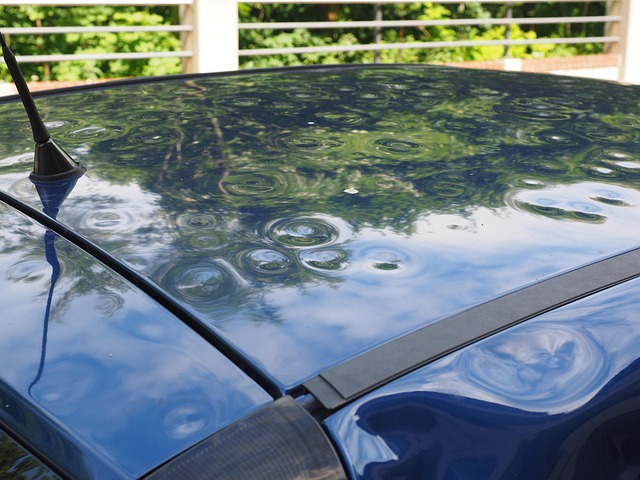
High-Strength Steel Repair is a specialized technique used to fix and reinforce damaged structural components made from high-strength steels. These steels are designed to withstand extreme forces, making them integral in various industries, including automotive manufacturing and construction. When a vehicle experiences a collision or any form of structural damage, the integrity of these steel parts can be compromised. High-strength steel repair techniques ensure that these critical components can be restored to their original strength and stability, enhancing safety and structural soundness.
This type of repair is crucial for several reasons. Firstly, it extends the lifespan of vehicles and other structures by preventing further damage and corrosion. Secondly, it allows for cost-effective solutions compared to replacing entire sections, especially in auto body restoration and vehicle collision repair scenarios. Lastly, high-strength steel repair enables professionals to accurately match the original material’s properties, ensuring structural integrity and aesthetic appeal in auto body work.
The Advantages of Using High-Strength Steel in Repairs
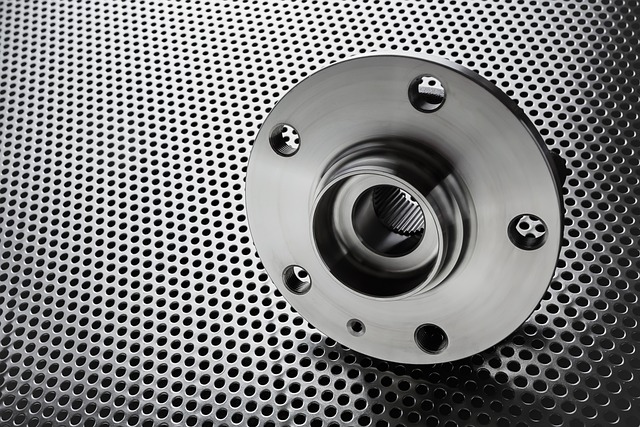
High-strength steel repair offers significant advantages over traditional methods, making it a preferred choice for many vehicle body shops and auto body repair professionals. This innovative approach leverages advanced alloys to create materials that are stronger, more durable, and often lighter than conventional steels. The enhanced structural integrity provided by high-strength steel ensures superior performance during the auto body work process, resulting in sturdier and safer vehicles.
In an auto body repair setting, high-strength steel facilitates faster healing of damaged structures without compromising on strength. This not only streamlines the repair process but also leads to more cost-effective solutions for both vehicle owners and auto body shops. Moreover, the longevity and resistance to corrosion associated with this type of steel repair contribute to reduced maintenance needs and increased vehicle lifespan, making it a wise investment for anyone seeking reliable and long-lasting auto body work.
Best Practices and Applications for High-Strength Steel Repair

High-strength steel repair is a specialized process that requires skilled technicians and the right tools to ensure optimal results. Best practices involve utilizing advanced techniques such as precision welding, automated robotic systems, and specialized coatings to enhance durability and protect against future damage. When it comes to applications, this type of repair is particularly beneficial for auto repair shops dealing with complex vehicle body repairs, especially in modern cars where high-strength steel is commonly used.
Effective high-strength steel repair also extends beyond the auto repair shop to various industrial sectors. For instance, it plays a crucial role in infrastructure maintenance, aerospace manufacturing, and maritime engineering, where structures need to withstand extreme conditions without compromising structural integrity. By employing these best practices and exploring diverse applications, professionals can leverage the superior properties of high-strength steel, ultimately leading to more efficient, cost-effective, and durable repairs across various industries.
High-strength steel repair offers a game-changing approach to enhancing structural integrity, particularly in demanding industrial environments. By leveraging the superior strength and durability of high-strength steel, professionals can achieve robust, long-lasting repairs that surpass traditional methods. Adopting these innovative practices not only ensures the safety and reliability of critical infrastructure but also promotes sustainability by extending the lifespan of existing materials, reducing waste, and minimizing the need for frequent replacements. For those seeking to stay ahead in the realm of construction and maintenance, prioritizing high-strength steel repair is a strategic move that promises significant benefits for years to come.
